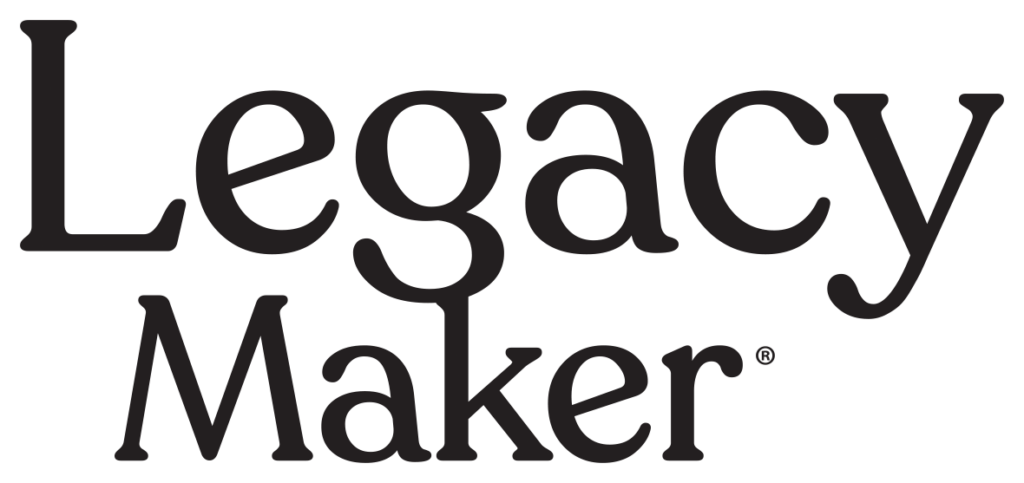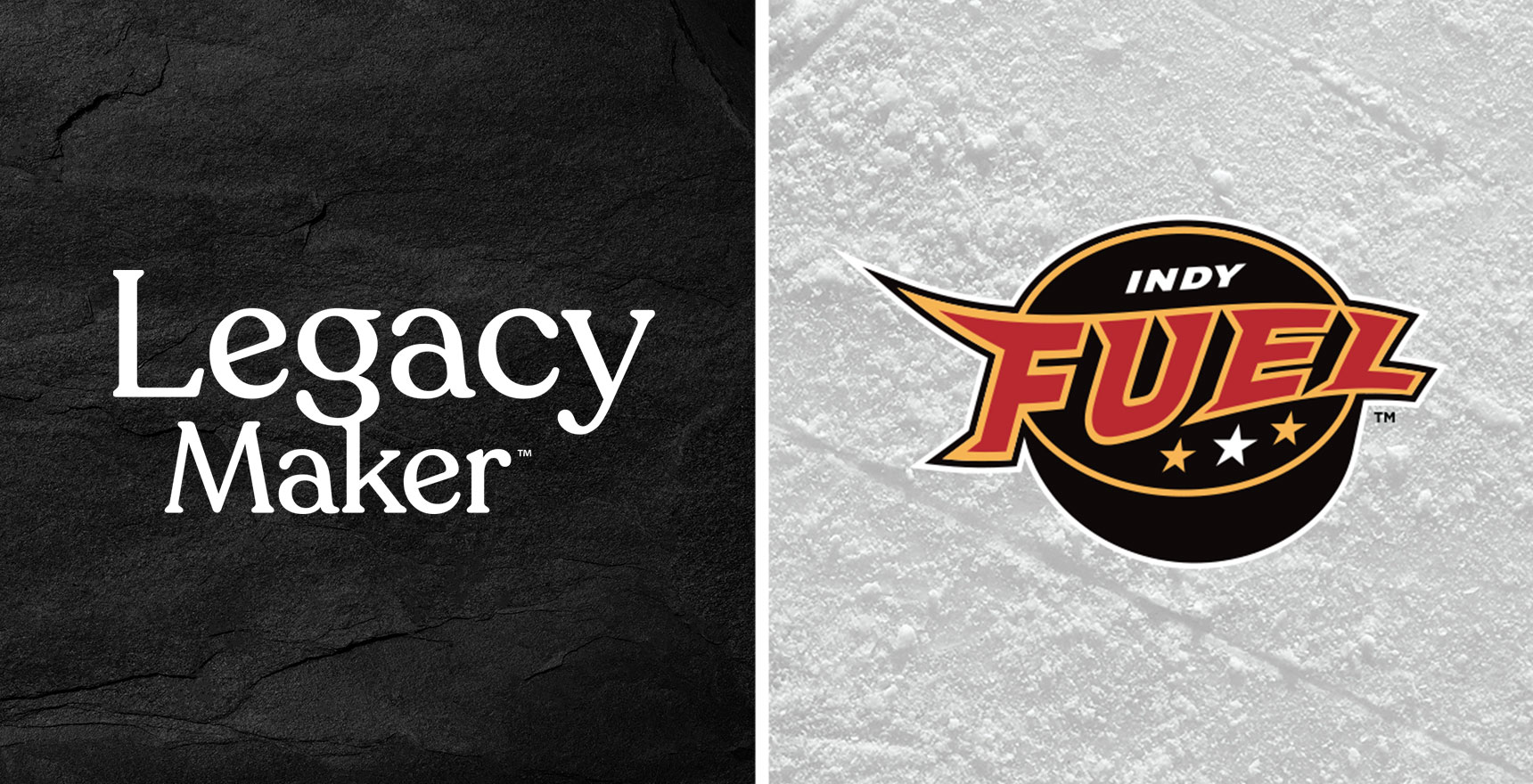
frequently asked
Located 75 miles north of Indianapolis, our cattle and hogs are humanely raised in Reynolds, Indiana.
Legacy Maker meat is responsibly raised, processed and distributed in Indiana. All of our processes are also maintained with an active and unrivaled respect for our environment. Located on Bio Town Ag Farm, all waste from the Legacy Maker livestock is turned into renewable electricity that powers 5,000 local homes and a high-quality and nutrient-dense agricultural fertilizer. The use of energy and fertilizer saves over 44,000 tons of CO2emissions, 128,000 tons of landfill waste, 5 million gallons of wastewater and 7,000 tons of mined fertilizer minerals.
Beef is graded by the US Department of Agriculture into eight main categories and several sub-categories based on the quality of the meat. The categories include: Prime, Choice, Select and No Roll. Legacy Maker produces only Prime or the upper one-third of Choice Beef.
The national average for Prime Beef ranges between 3-5% of all beef produced. Legacy Maker averages 50%.
There are two reasons why Legacy Maker achieves such a high average of Prime Beef. First, Legacy Maker uses natural, antibiotic-free and no added hormone feed for our livestock. Second, we ensure a slow maturation of our cattle. Our cattle are raised slow and without antibiotics or growth hormones and not rushed to market. This relaxed pace allows the animal to gain weight, muscle and fat at the pace nature intended.
Prime beef contains a higher level of marbling (intramuscular fat) that enhances the flavor of meat when cooked.
Dry-aged beef is placed in a humid and temperature-controlled environment with consistent airflow for a set period of time. Our Legacy Maker steaks are dry-aged for a minimum of 14 days.
Dry-aging is a multi-step process that requires extra labor, special temperatures and a humidity-controlled room. There also is a measurable amount of “shrinkage” that is essentially weight loss during the dry-aging process. If a cut starts with 10 pounds and ends up with eight pounds, the two pounds of weight loss is the shrinkage and that adds a cost of dry-aged beef due to smaller yields.
Dry-aging tenderizes the meat and concentrates, as well as enhances the natural beef flavor. Dry-aging is the traditional way of aging beef and this ultimately results in a better taste and aroma than wet-aged beef.
Beef is either shipped directly to the grocery store/butcher shop or it is wet-aged in vacuum-sealed bags. Wet-aging simply refers to a product that is vacuum packed and wet from sitting in its own liquids. Wet-aging is a faster and cheaper process because only a vacuum- sealable bag is needed. In addition, it’s a more popular method because none of the product is lost to shrinkage.

press
Indiana Company Becomes Exclusive Beef Sponsor of Indy Fuel
FOR IMMEDIATE RELEASEDecember 4, 2020Indiana Company Becomes Exclusive Beef Sponsor of Indy Fuel All beef [...]
Dec


